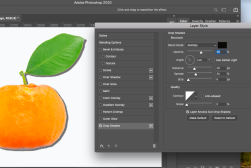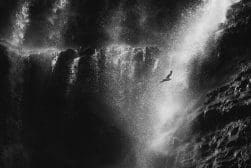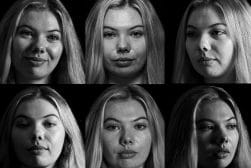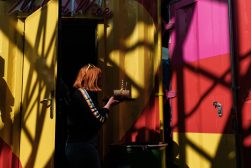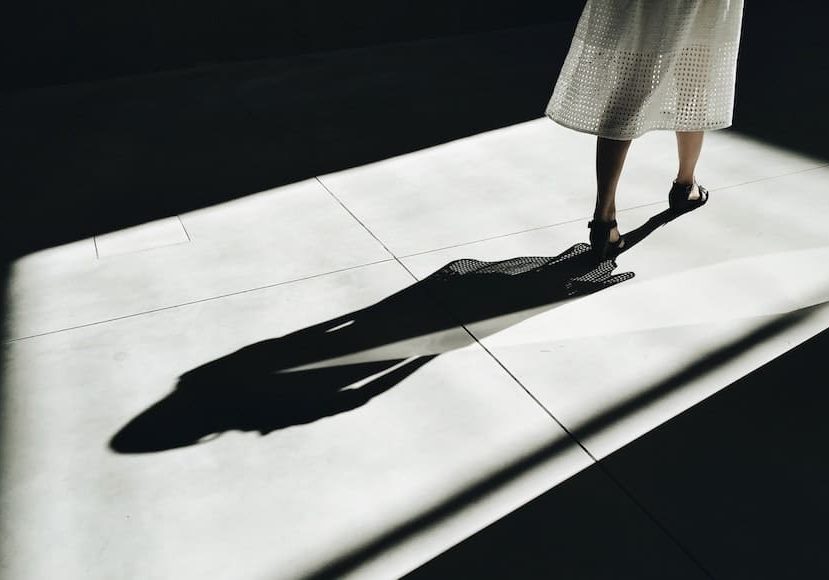
15 Tips for Creative Shadow Photography in 2024
Taking photos of shadows can sometimes be tricky. How do you add them to your composition? What time of day is best? Find all the answers in this handy guide.
Learn | Photography Guides | By Ana Mireles
You know that any photograph has light and shadows. However, when the shadows become an important element – or even the focal point of your picture, then it’s called shadow photography.
If you really want to elevate your shadow photography, you’re in the right place. In this article, you’ll learn how to use light and shadow in photography to create powerful and mesmerizing images.
Also, you’ll find 15 shadow photography tips with examples to practice your skills and creativity.
Let’s get started!
How Does Light and Shadow Enhance a Photo?
As you know, photography is made with light. A shadow is the absence of light – therefore plays a part in photography by creating contrast or grading.
A shadow is formed when something comes between the light source and the surface. If the light hits the object from the same angle – this will create a dark shadow with well-defined edges.
Instead, if the light strikes the object from different angles because it’s diffused – it will create a soft shadow that blends with the surrounding area.
The use of shadows in art has a long tradition that goes back more than 2,000 years with shadow puppetry. In more recent years, there has been a rising interest in using shadows to create art.
Shadow artists not only use it as a means of expression but also as a concept and a metaphor due to its dark nature.
Using shadows in photograpy has been around since the beginning of the media. A well-known artist who used shadows in his photographs was Man Ray.
The authors of the book Light – Science & Magic wrote, “Highlight and shadow together reveal form, shape and depth”. That is the basic principle that you need to consider to improve your shadow photography.
A shadow is only as effective as its relationship with the highlights. Let’s see some shadow photography tips to put this into practice.
15 Tips for Using Shadows in Photography
1. Add depth

Credit: Lisa Fotios
Have you ever done a photo composite? Or simply tried to cut out an object and place it in a different background?
If you have, you’ll know that without a shadow, the composite looks like magazine cut-outs pasted on top of each other.
In a photograph, you’re translating a tridimensional world into a two-dimensional representation. You have height and width, but you need to simulate depth – that’s when shadows come in.
In shadow photography, you can use the concept of depth by using long shadows, which can be created by illuminating the subject from a low angle.
2. Frame your subject
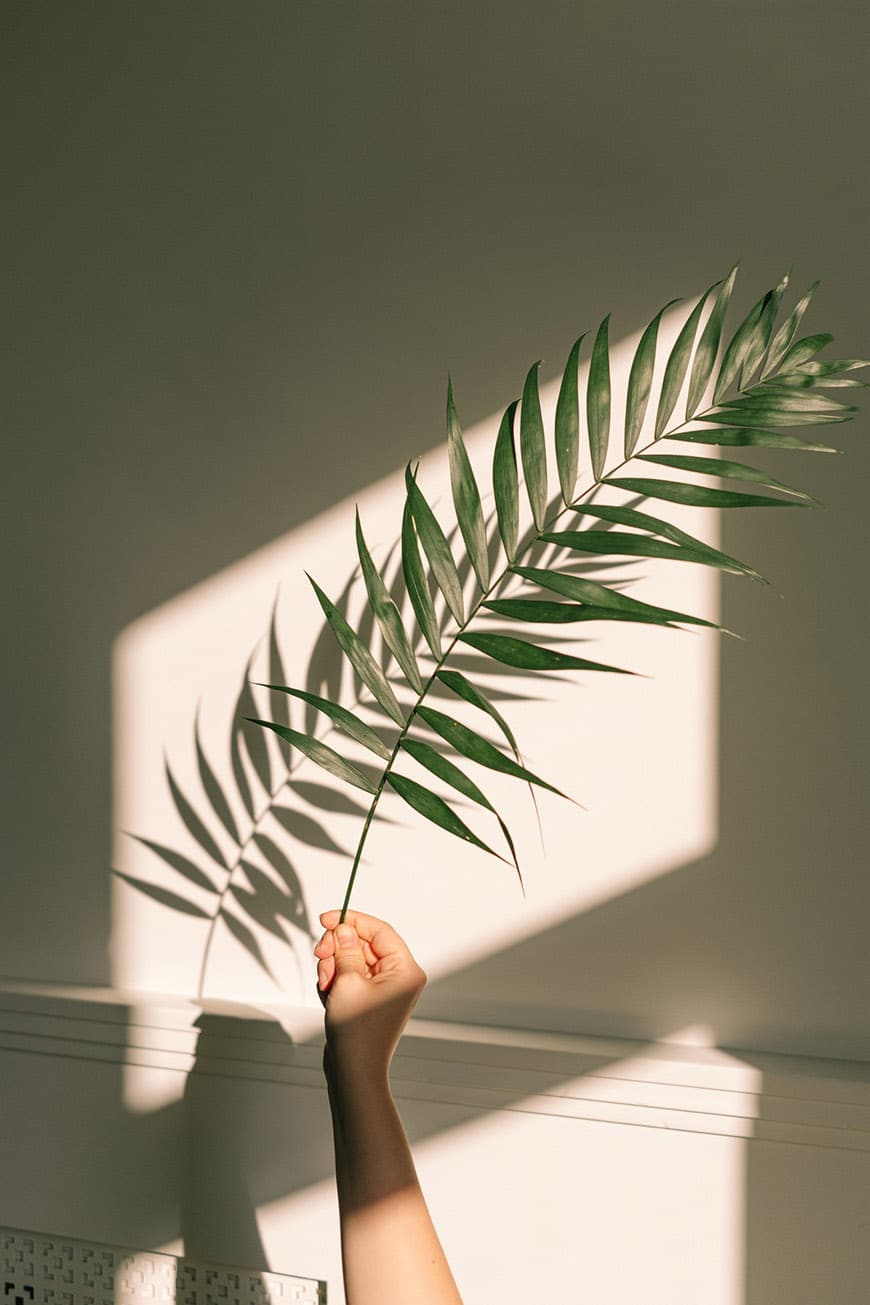
Credit: Ivan Samkov
As you know, highlights and shadows are used to direct the viewer’s eye to certain elements of your photograph.
A very obvious way of highlighting your element is by putting it in a frame.
A less obvious and more creative way to do this is by making the frame with shadows.
This can create a fun visual game without being distracting because you’re directing the attention to the most important element.
3. Make the shadow your main subject
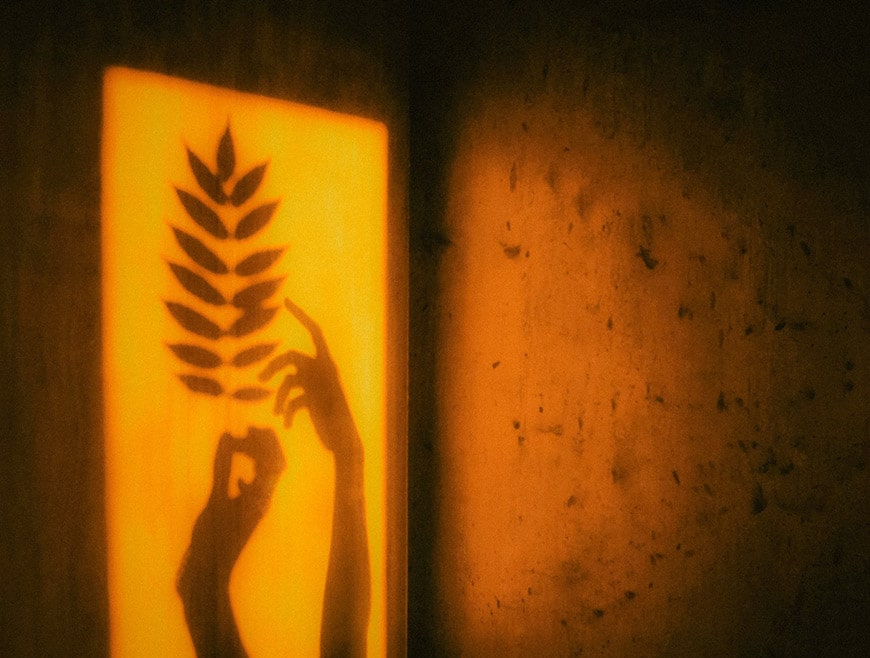
Credit: Eugene Golovesov
If you thought shadows were there to complement another element, you’ve been missing many creative opportunities!
There isn’t any rule that says shadows can’t be the main subject of your photograph.
How Much Do You REALLY Know About Photography?! 🤔
Test your photography knowledge with this quick quiz!
See how much you really know about photography...

You can make an original self-portrait by capturing your shadow or make a composition by aligning the shadows from different objects – experiment with it, and you’ll see how interesting your images can be.
4. Create patterns
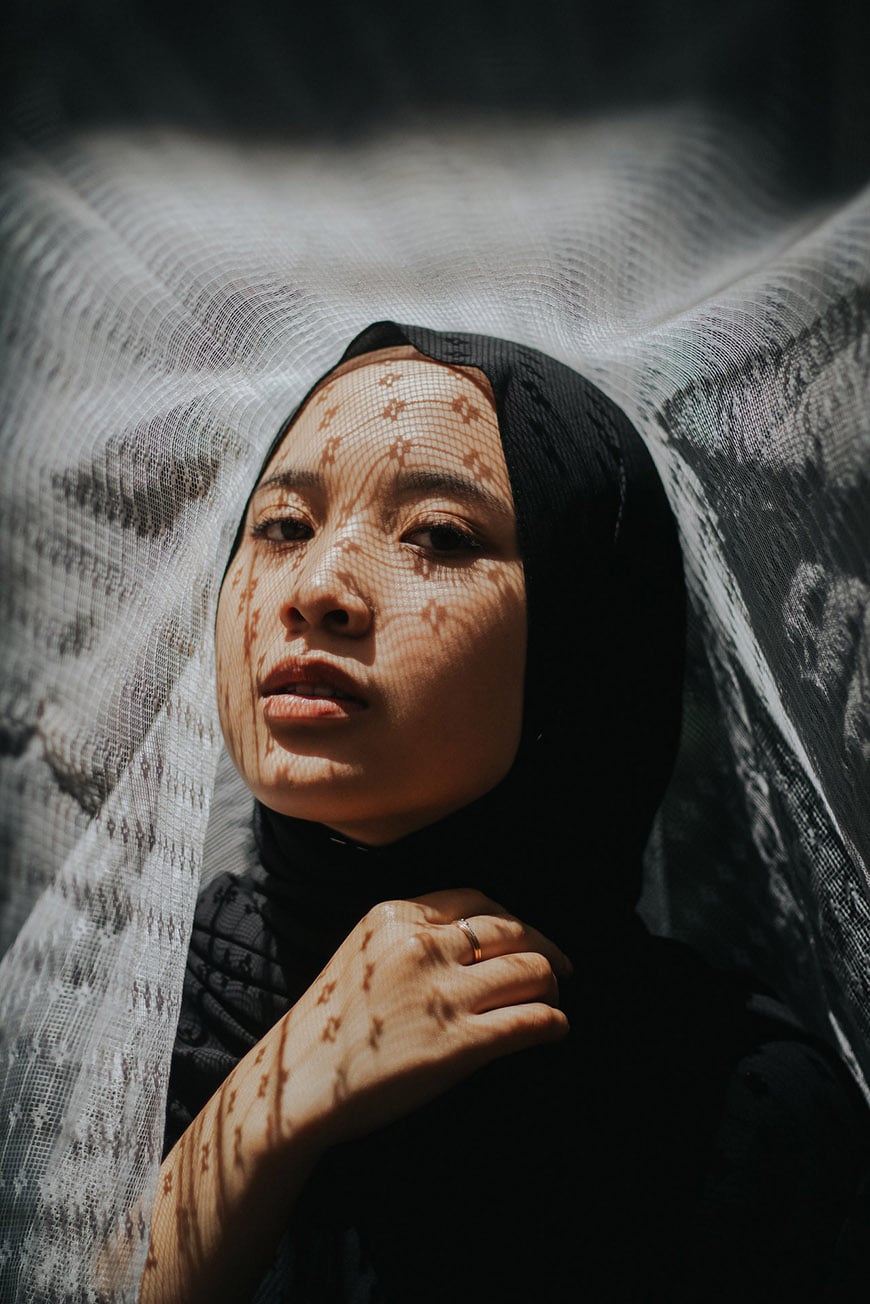
Credit: Deden Dicky
Patterns are repetitions of lines or shapes that create a design. In photography, you can use them as the only subject or introduce them to the composition to add visual interest.
You can use shadows to create this effect. In the pattern photography example above, the shadow pattern is created with fabric, but you can use Venetian windows, a grid, a fence or any other object with repeated elements.
Shadow photography tips that include using some sort of prop in this way are common if you watch a lot of YouTube tutorials on camera ‘hacks’.
5. Add mystery

Credit: Hải Nguyễn
Sometimes a bit of mystery is what piques the interest of the viewer in a photograph. When something is hiding in the shadows, you’re immediately pulled into the scene and try to find out what it is.
These type of enigmatic image which includes both light and shadow in a creative way are great to add drama or moodiness to your photograph.
It’s a technique that works well for surreal and cinematic photography. However, it can also be enticing in portraits or boudoir photography.
6. Introduce new elements
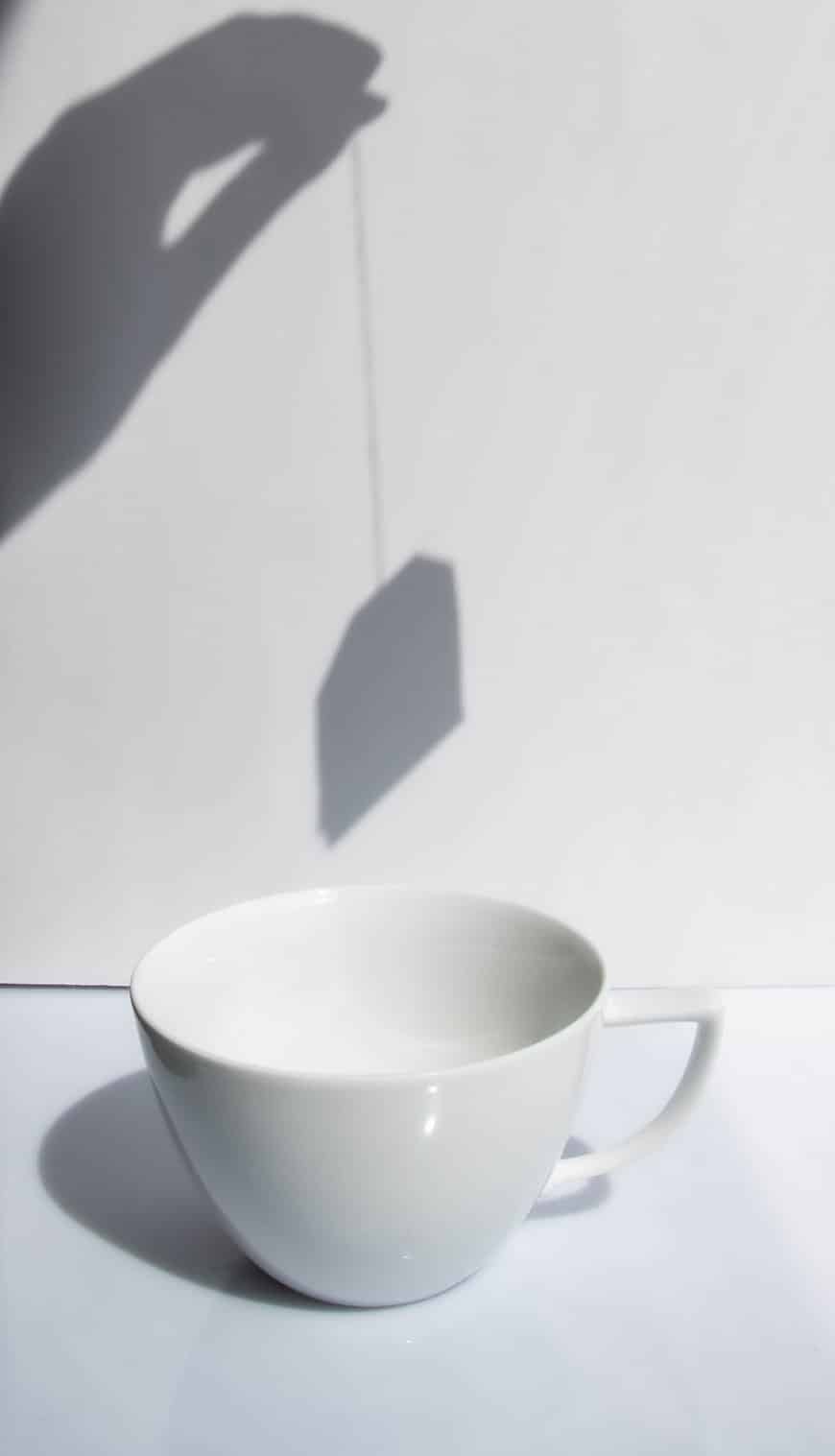
Credit: Viktoria German
A fun and creative way to introduce a new element into your composition is by hinting at it with just a shadow – it’s there, but it’s not.
This kind of shadow photography stimulates the viewer’s imagination by acknowledging the world outside of the frame that he can’t see but recognizes.
7. Direct the attention to your subject

Credit: Daniel Mingook Kim
Playing with light and shadow, you can direct the gaze through the frame to the most important elements.
When something bright stands out from the shadows, it immediately pulls our attention.
Photographers who master this technique in street photography is Ruper Vandervell – you can check out his work for inspiration and examples of how he uses shadows in photography to direct the viewer’s eye.
8. Give a sense of space
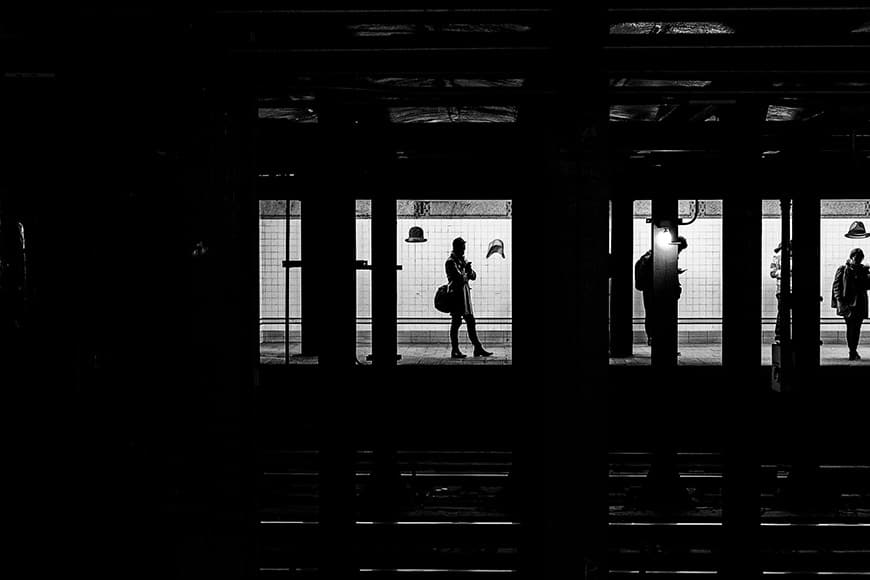
Credit: Jesse Williams
Shadows help the viewer understand the subject’s context. That’s because thanks to the shadows we can understand where the light is coming from, what other elements might be outside the frame, etc.
This is an effective use of shadows in photography and cinema. You can use it indoors – as shown in the above example – but also outdoors.
You can understand the time of day by seeing the size and position of the shadow’s shape. For example, when the shadow is long it means the sun is closer to the horizon.
9. Improve your composition

Credit: Chasing Lyu
You can use light and shadow to improve your composition – one can be the focal point, while the other creates balance.
For this purpose, hard shadows are better because of their defined edges – they tend to create more interesting shapes.
Long shadows are a great way to fill in an empty surface or become the main subject.
10. Add contrast

Credit: Philippe Leone
Light and shadows determine the contrast in the picture. If you use even soft lighting, you’ll hardly have any shadows, and you’ll create a low contrast image.
If, instead, you use hard lights, you can create a more contrasted lighting style. This can be done in any type of photograph, from street photography to portraits.
One of my favourite shadow photography tips is to switch your camera to black and white mode, then stop down your aperture (choose something like f/15 on a sunny day).
Then underexpose slightly, and take outdoor photos of scenes with high contrast, which can help accentuate the light and shadow in the shot.
11. Add texture

Credit: Isaac Bañuelos
As photographers, we use texture to give a tactile quality to the objects represented in a smooth-glossy photographic paper (or otherwise two-dimensional surface).
Without shadows, it’s difficult to highlight the texture. Two important elements to bring textures to life are the directionality and the quality of the light.
Unidirectional side light will create the necessary variations in highlights and shadows to appreciate the texture’s different shapes and volumes.
If the light is hard, the shadows will be darkened, enhancing the effect.
12. Make portraits on a sunny day

Credit: Vitoria Santos
You’ve probably heard that outdoor portraits should be done during the golden hour – otherwise, you should wait for an overcast day or find a shade.
That’s, of course, true if you’re after a flattering effect and a low contrast photograph – but that’s not the only way to do it. You can use some dramatic lighting to make some moody and effective portraits.
Dramatic lighting is done with hard lights, such as direct sunlight, and it creates dark and definite shadows. When these shadows are placed strategically, they can make a photograph look great.
Just avoid having dark shadows under the subject eyes. Also, avoid having the subject facing directly at the sun – otherwise, they’ll be squinting – that’s not a good use of shadows in portrait photography!
You can also change your perspective, or experiment with silhouettes. There are many ways to create great portraits using light and shadow.
13. Take portraits in the studio
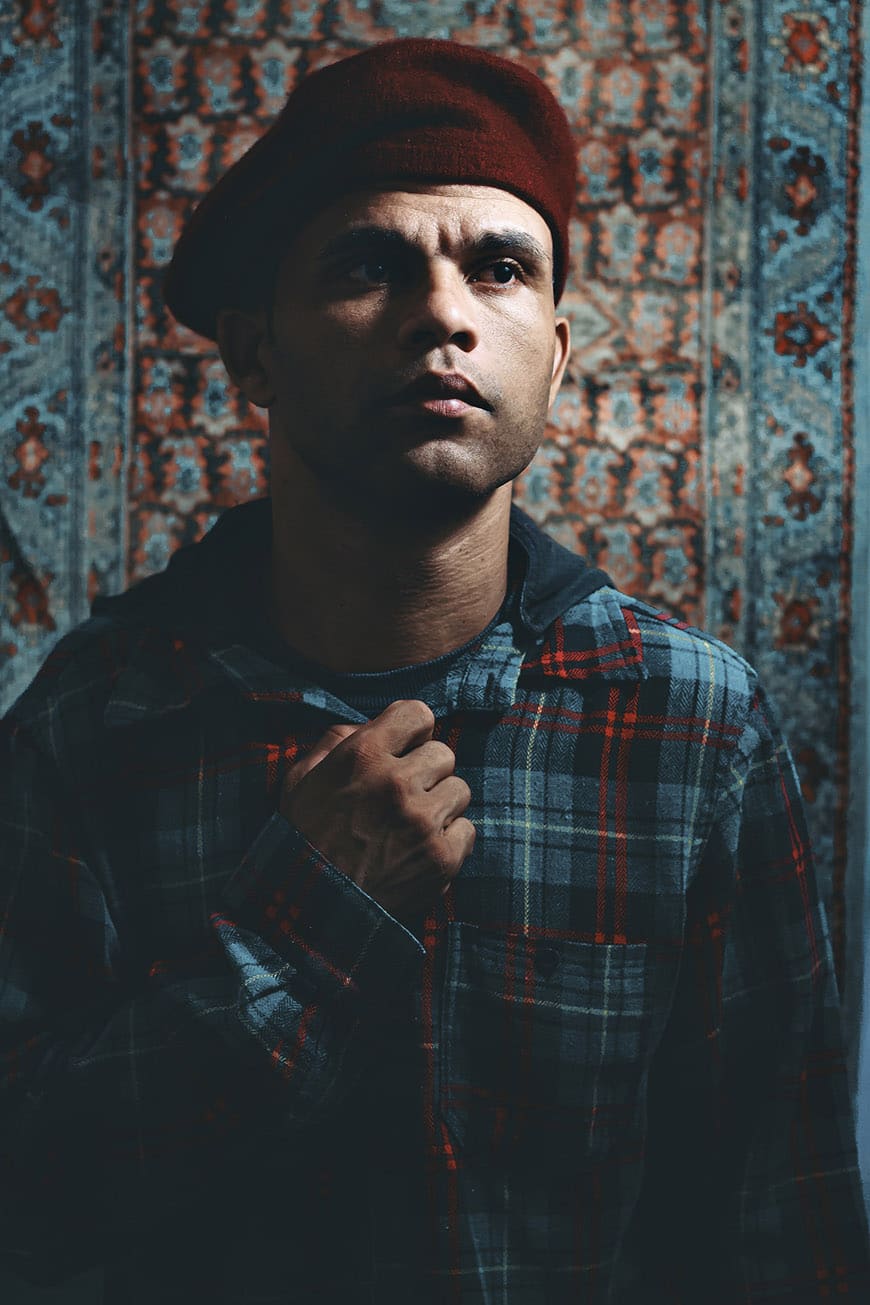
Credit: Anderson Martins
To create shadows with artificial light in the studio, you can make use of the type of light, the lighting pattern and the light modifiers.
Using a single light source is the easiest way to create shadows. Think about the butterfly lighting pattern – which carries its name by the shape of the shadow that creates under the nose.
Rembrandt lighting is another scheme known for the relationship between lights and shadows – especially the light triangle created on the subject’s cheek on the darkest side.
You’re not forced to use these techniques. You can find another lighting style that works for you. Experiment with different set-ups to find the right one.
14. Try architecture photography

Credit: Pixabay
Architects make their designs considering how light changes throughout the day and across all seasons. That’s why architecture is a great subject matter to practice your shadow photography.
You can use the shape and volume of buildings to form a wide diversity of shadows. You can also use it as an exercise to understand how hard and soft light create different types of shadows.
If you’re looking for inspiration, you can look at the work of Luisa Lambri. In her projects, she photographs the inside of private houses and buildings – focusing on small and marginal details – at different times of the day, using light and shadow to create texture and depth.
It’s a reflection of how we inhabit places and how we perceive them as we live them.
15. Edit your shadow photography

Credit: Alex Powell
You should also consider post-processing when you’re doing shadow photography. With any photo editing program, you can darken or lighten the shadows. Of course, if you shoot in RAW, you’ll have a bigger margin of editing.
There’s a technique known as dodging and burning, which enhances the light and darkness in photographs. You can read more about it in our article on what does dodge and burn do.
You should also try switching your photos to black and white, then playing around with the Shadows, Highlights and Contrast sliders. You can also accentuate black and white photos by bringing up Clarity and Texture – two less commonly used sliders in Lightroom.
Finally, you can even add a shadow using Photoshop. The possibilities are endless – enhancing shadows in photography using post-production techniques is a lot of fun!
Shadow Photography FAQs
Are shadows bad in photography?
Not necessarily. Shadows can add depth, increase contrast or make a creative element – those are good shadows. The important thing is to be in control and use them to your advantage.
How do you get a good shadow? (How do you make a dark shadow in a photo?)
Dark and well-defined shadows are created with hard light. You can achieve this using direct sunlight, for example, at noon on a sunny day. Alternatively, you can use artificial light without modifiers – any Speedlight or strobe flash can create hard shadows.
How do I take pictures without shadows? (How do photographers deal with shadows?)
If you don’t want shadows, you need to work with soft light illuminating the scene evenly. You can achieve this with light modifiers or adding a fill-light. If you’re using natural light – find a shade or shoot during the first and last hours of the day to avoid harsh sunlight.
Final Words
I hope you found inspiration in these shadow photography tips and you’re feeling ready to make your own shadow photos.
If you have any questions or suggestions, please leave them in the comments section.

Check out these 8 essential tools to help you succeed as a professional photographer.
Includes limited-time discounts.





